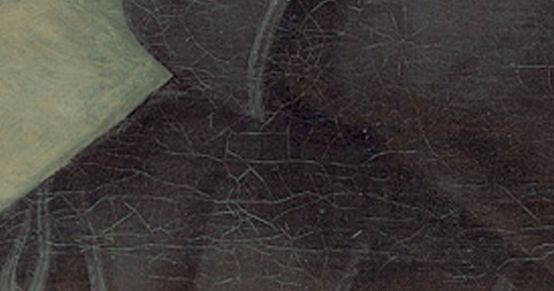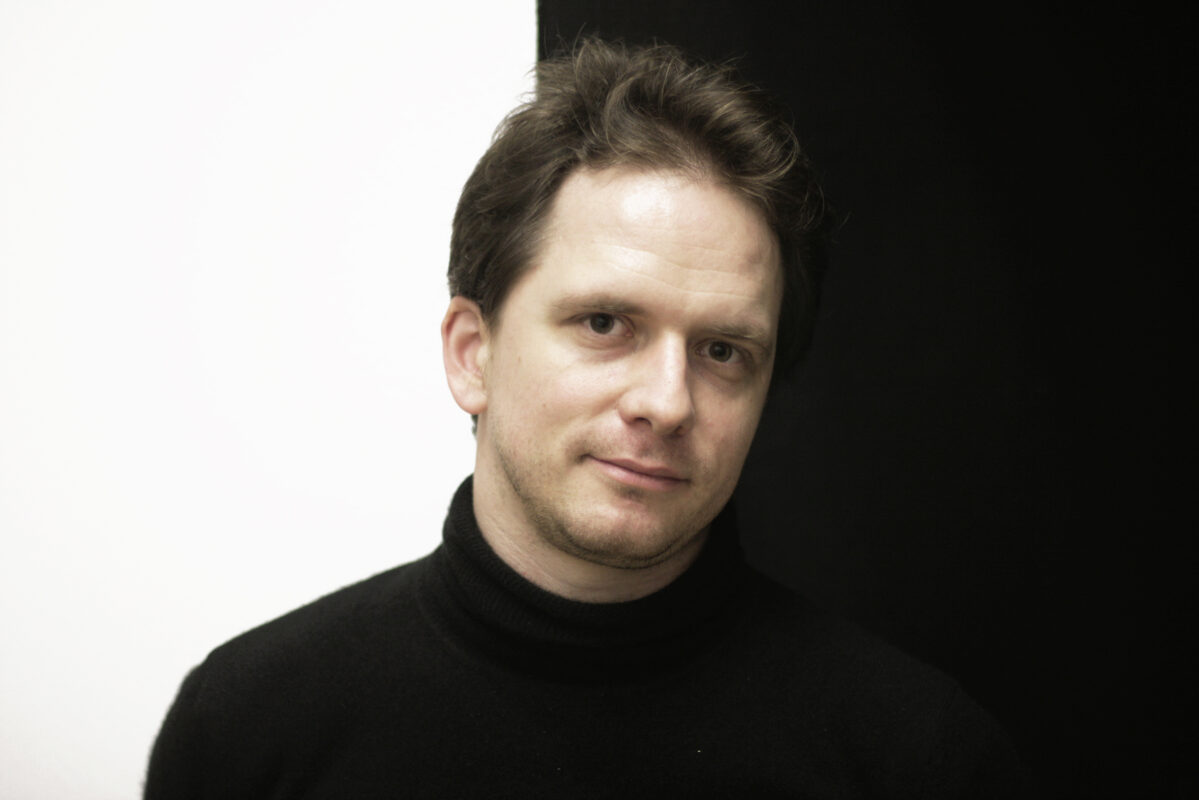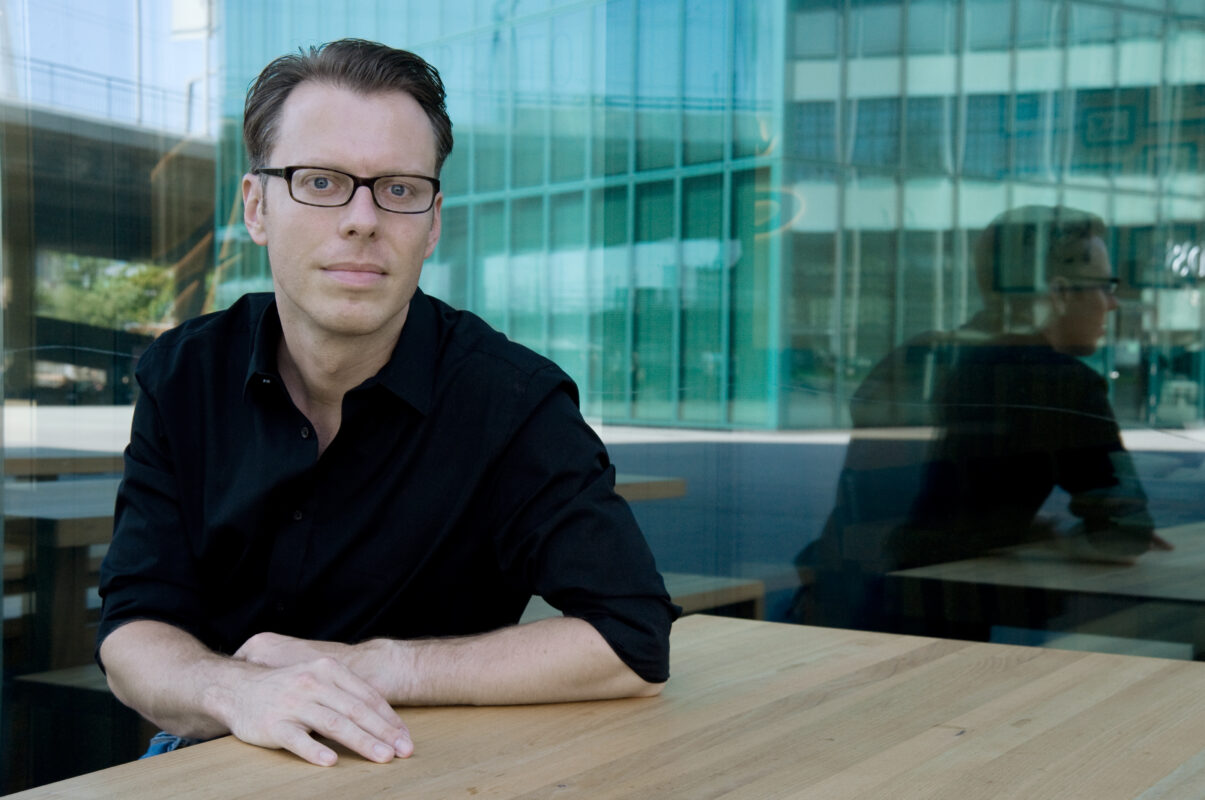"Trio of Spirits
Every Friday, Beethoven is here. To mark the 250th anniversary of Beethoven's birth, each week the Swiss Music Review takes a look at a different work from his catalog. Today for the Piano Trio no. 5 in D major "Trio des Esprits".

When, in July 1808, Beethoven sent his two Piano Trios Op. 70 to the publisher Breitkopf & Härtel in Leipzig, he specified in a postscript that he had written them "because he was short of them". He was then at the peak of his creative career: the works are close to the Symphonies Nos. 5 and 6, the Piano Concerto No. 5 and the Choral Fantasy, which far surpasses the models of the genre. Op. 70 is dedicated to Countess Anna Maria Erdödy (1778-1837), with whom Beethoven not only stayed for a short time, but who, as a salon-keeper, also provided a performance space for his works. Johann Friedrich Reichardt reports in his Confidential lettersDecember 31, 1808: "Once again, I spent a double musical evening. First a quartet at Countess Erdödy's house. Beethoven enthusiastically and masterfully played the new trios he had recently created, in which there was a movement of cantabile céleste [op. 70/2, 3rd movement] such as I had never heard before, and which is the most beautiful and graceful thing I have ever heard; it lifts and melts my soul every time I think of it."
Beethoven's Piano Trio in D major, Op. 70/1, is far more radical: the concise first and last movements are so full of energy and rhythm that they sometimes reach the limits of what is sonically possible (provided the ensemble really risks the ruthlessness envisaged by the composer). In contrast, the slow movement (largo assai et espressivo), almost static in appearance, derives its inner tension mainly from harmony. Its singular sound, which would later earn the work the nickname "Trio des Esprits", is however much more effective with a keyboard instrument of the period, or even a copy, than with a modern concert piano. This is due not only to the lower string tension (the cast-iron frame had not yet been invented), but also to the more subtle action of the keys and the differently constructed dampers. This is exactly what the composer and writer E. T. A. Hoffmann underlined in a very detailed review of the movement - poetically etching the particular aspect of this score for posterity: "[...] the critic mentions only one more peculiarity that distinguishes and underlines this movement from so many grand piano compositions. In the main theme, when performed by the violin and cello, the piano most often has a movement in sextolets [,] which must be performed pp. and leggiermente. It's almost the only way to assert the sound of a good grand piano in a surprisingly effective way. If these sextolets are played with a deft, light hand, with the mute switched off, a murmuring sound reminiscent of the aeolian harp and harmonica is achieved, which, combined with the notes of the other instruments, produces a wonderful effect. - In addition to the piano and unmuted playing, the critic has added the so-called harmonica pull, which, as is well known, moves the keyboard so that the hammers strike only one string, and from the beautiful grand piano built by Streicher escape sounds that envelop the mind as in a dream and draw it into the magic circle of strange presentiments." (Allgemeine musikalische Zeitung, 1813)
Aufnahme auf idagio
Keeping in touch
A weekly newsletter reveals the latest column on line. You can subscribe by entering your e-mail address below, or by subscribing to our RSS feed.








